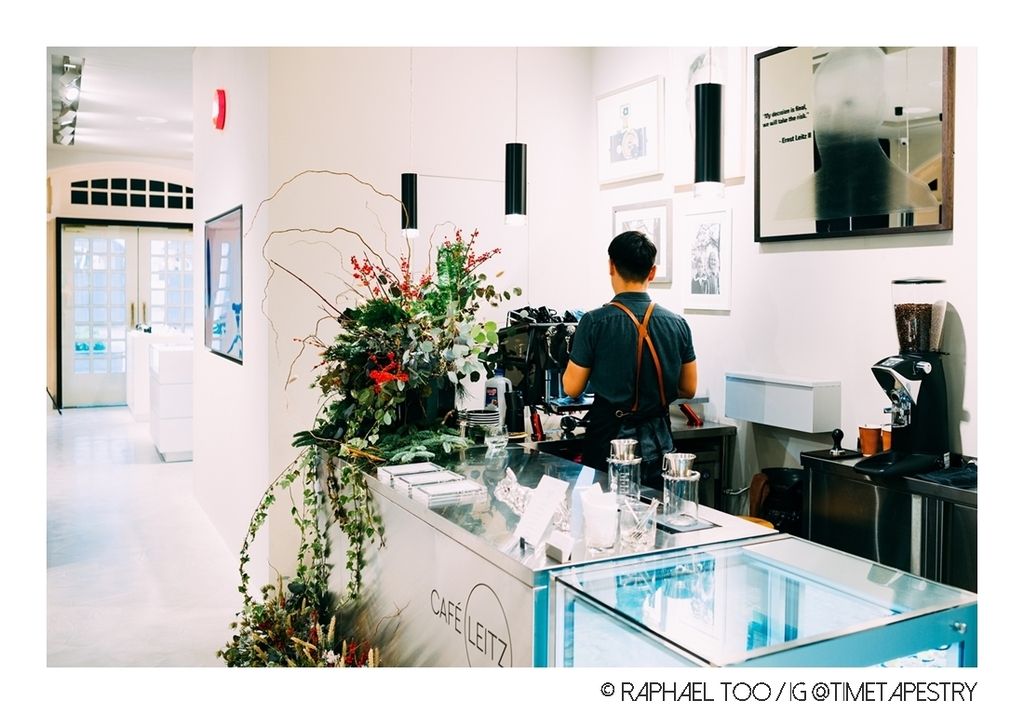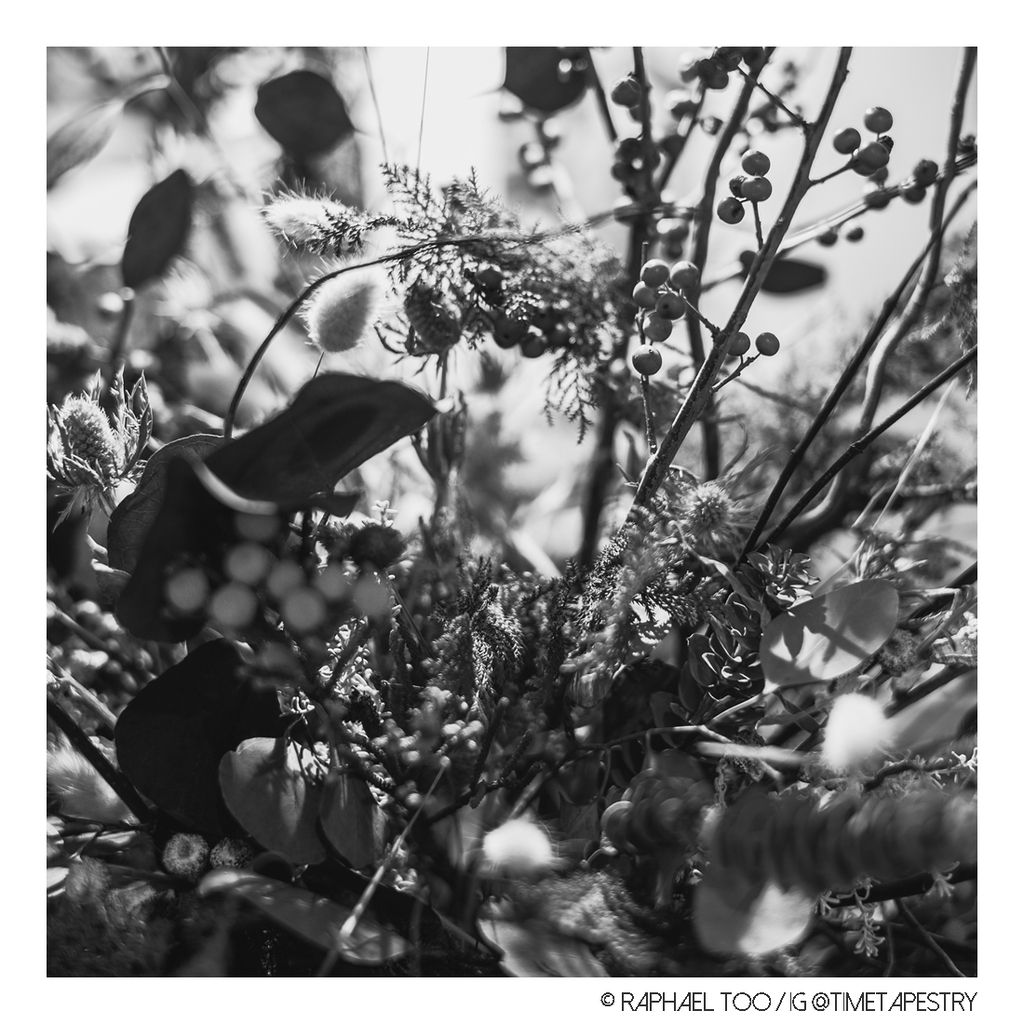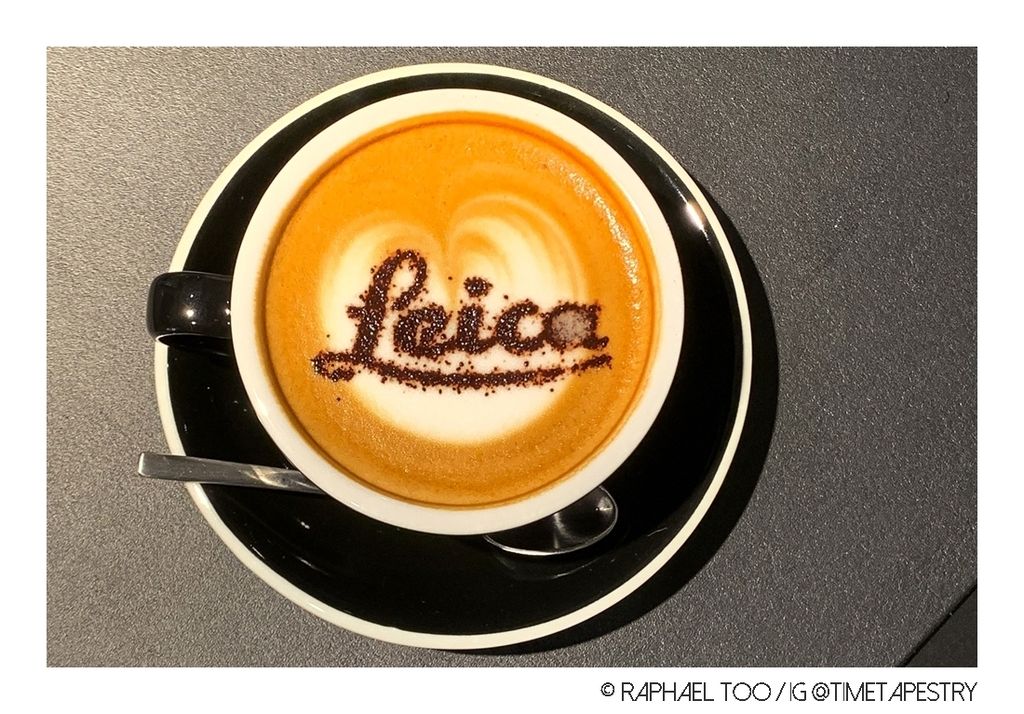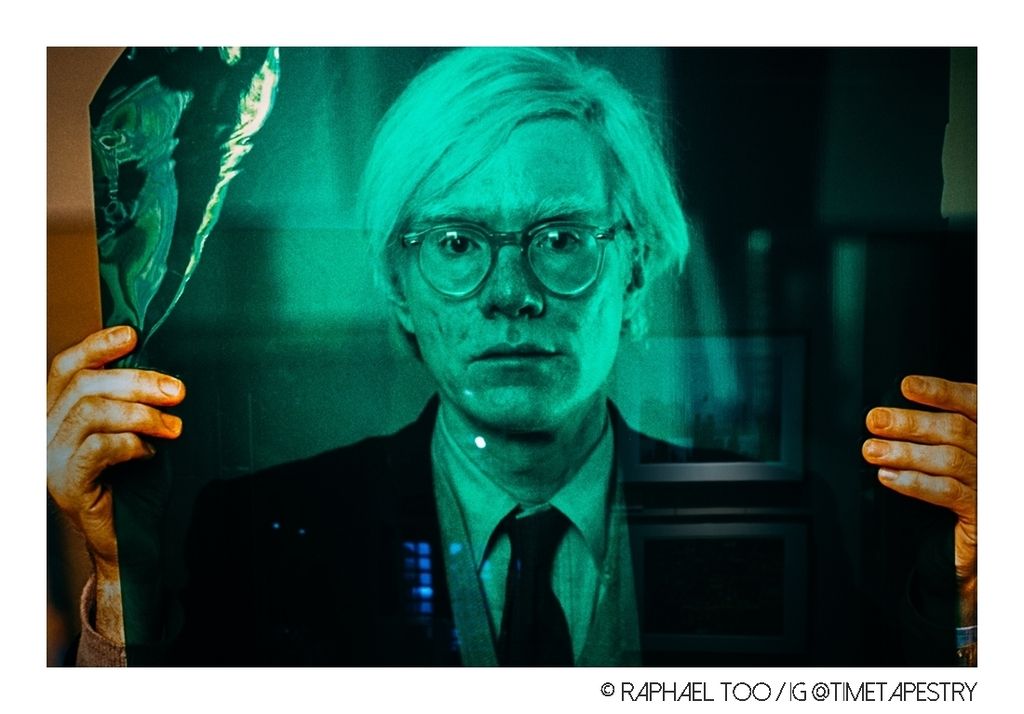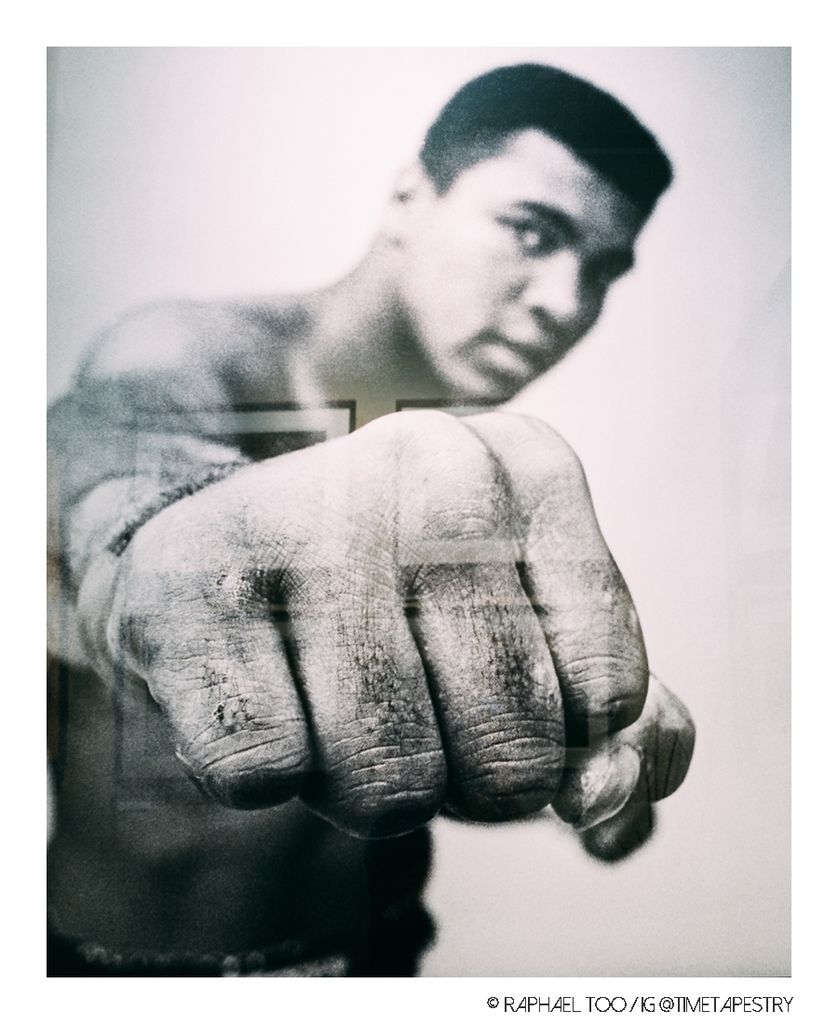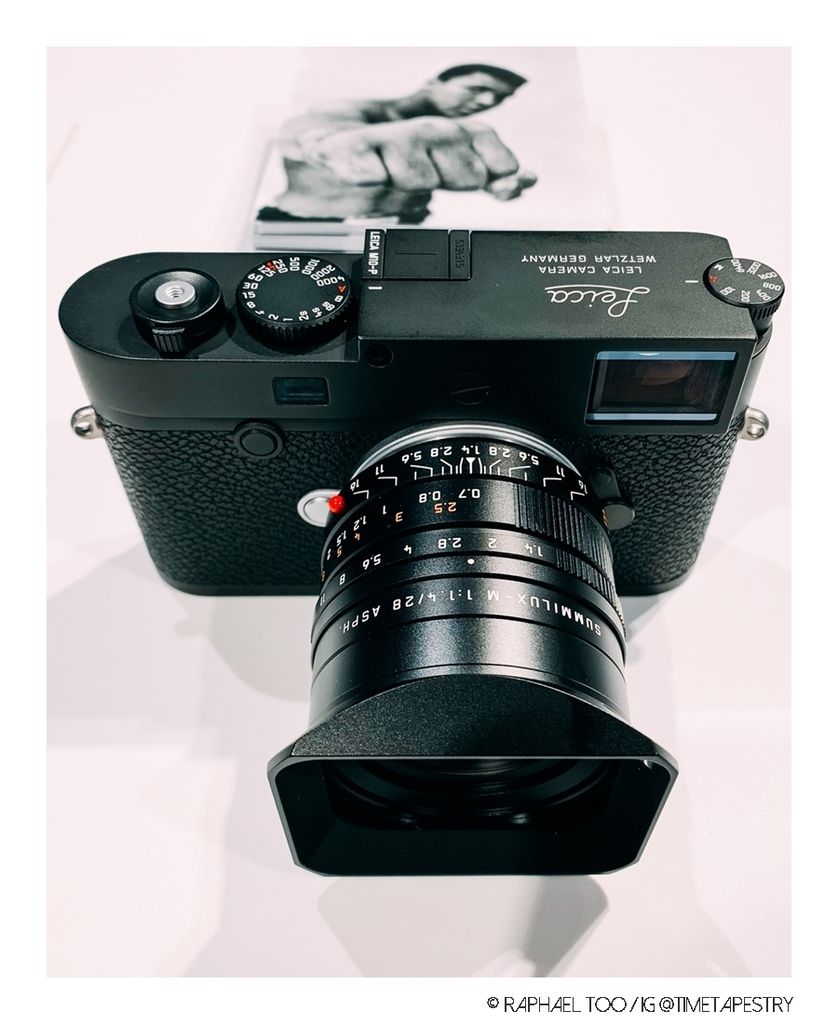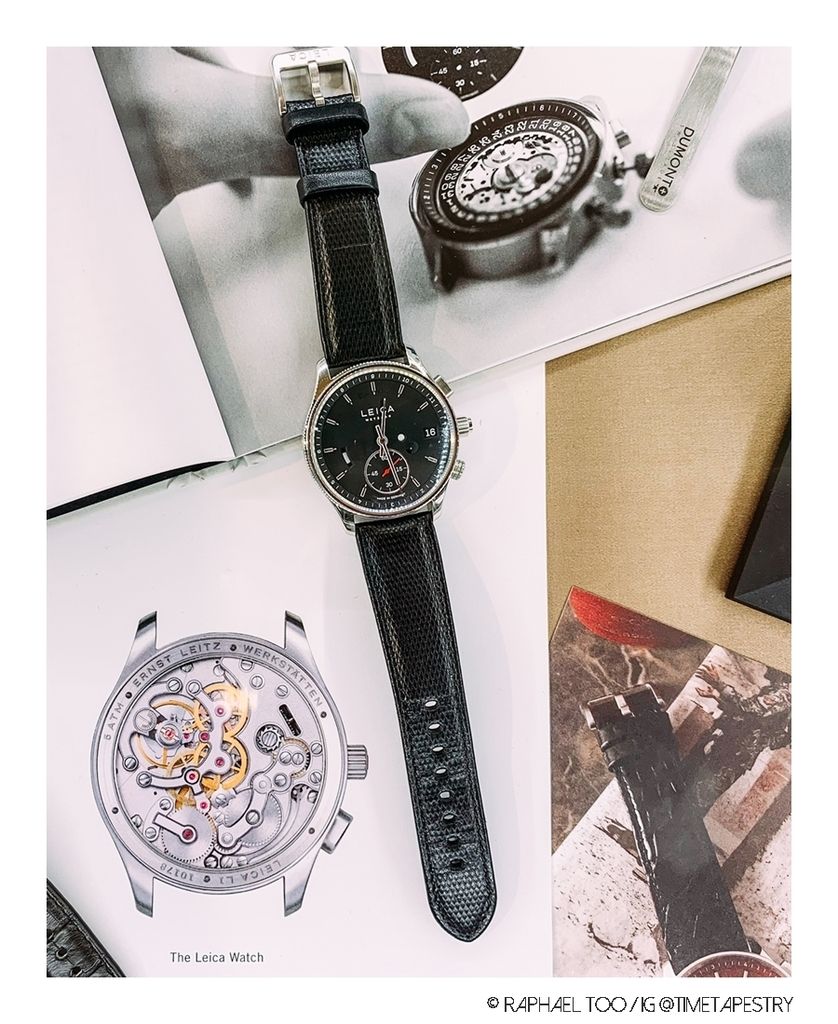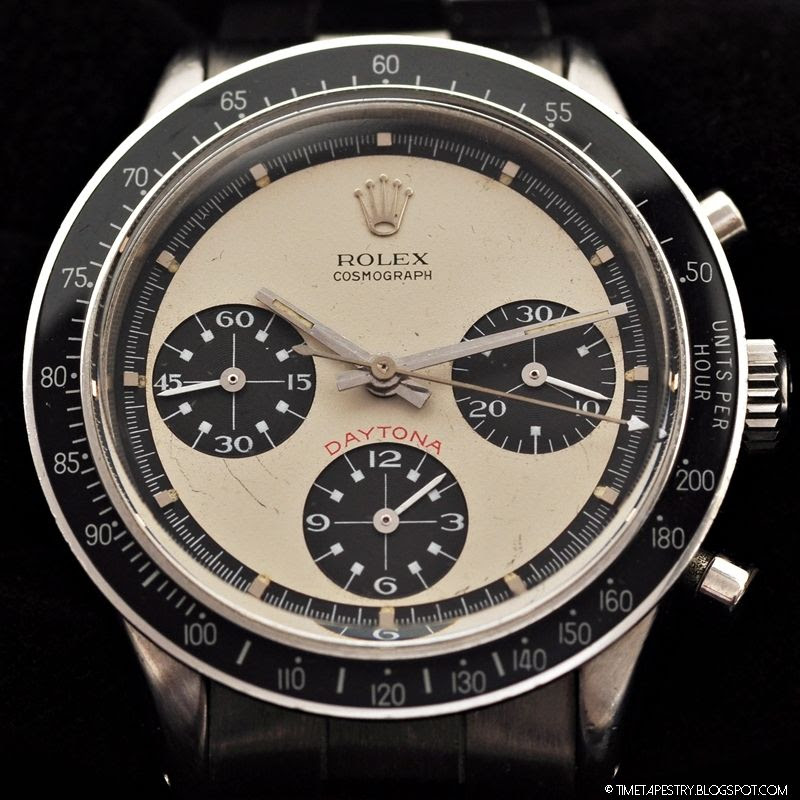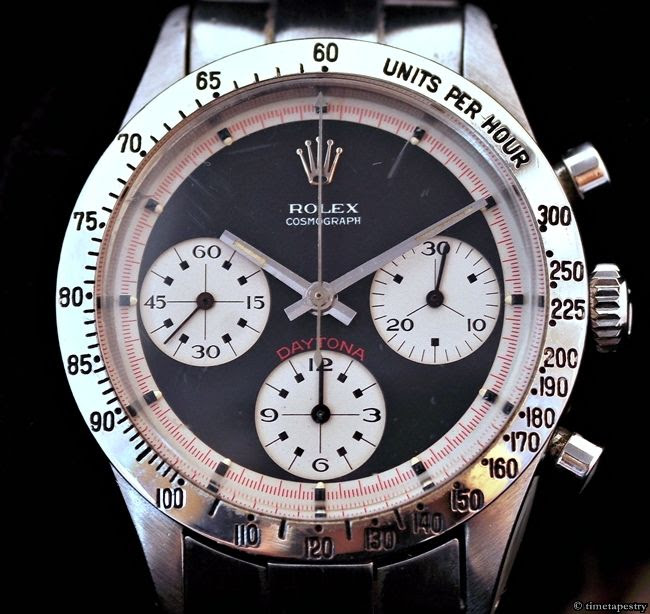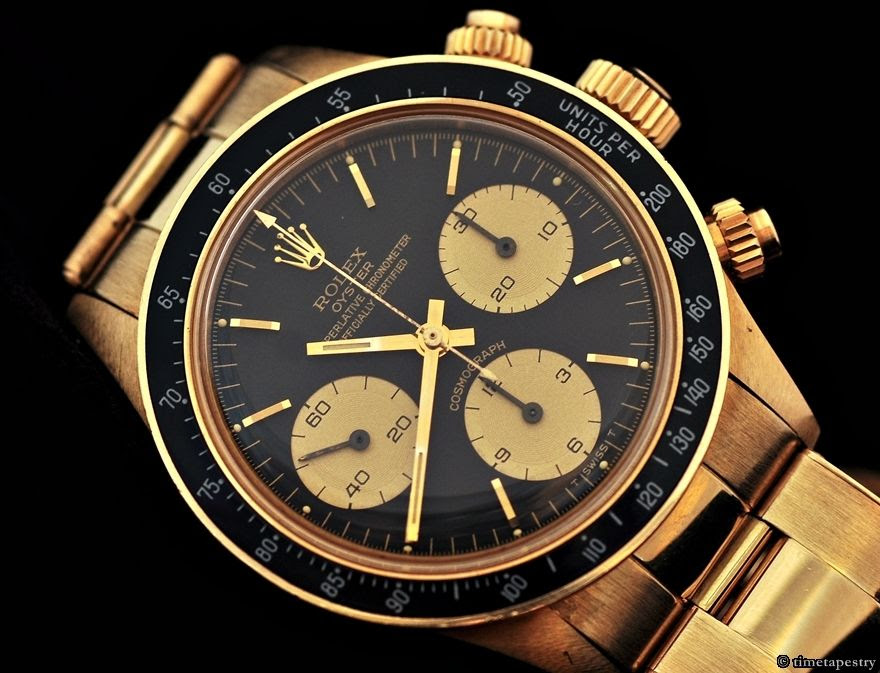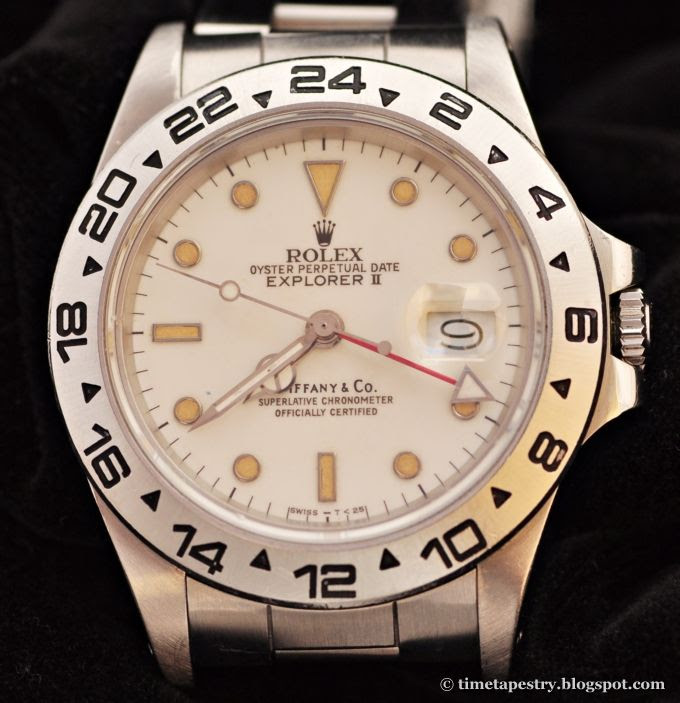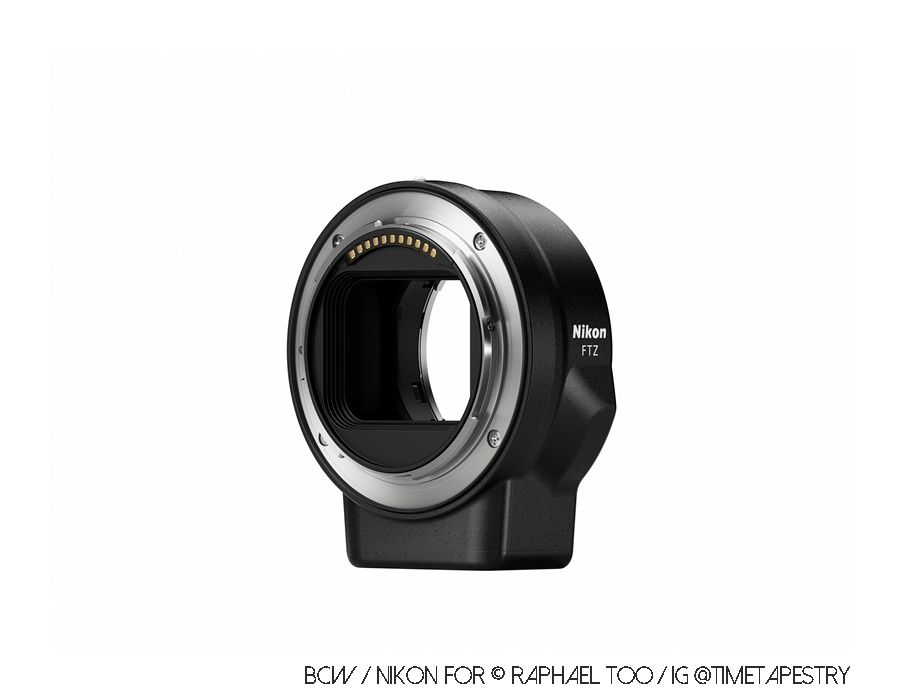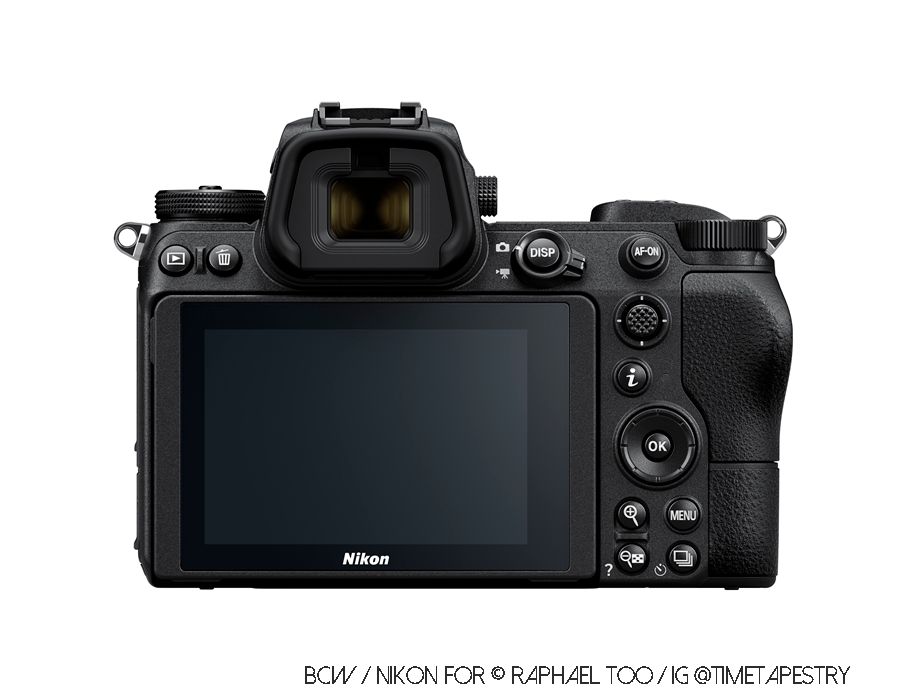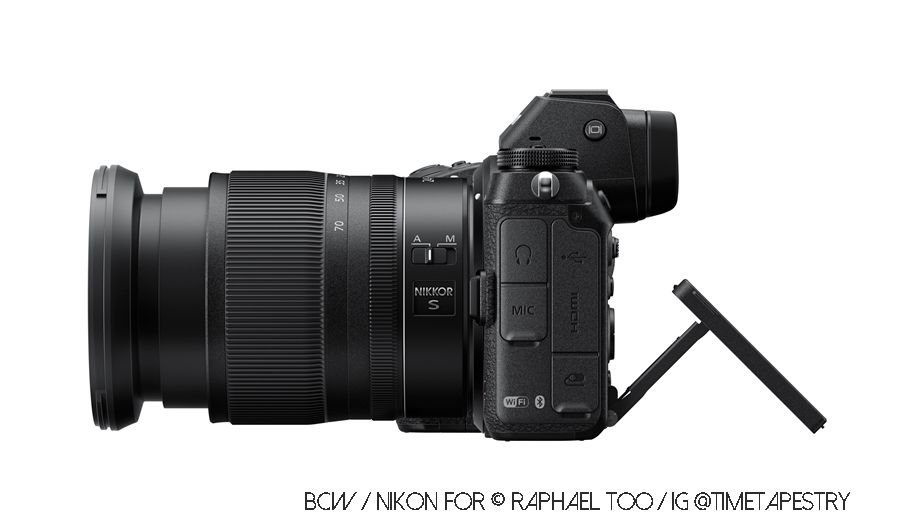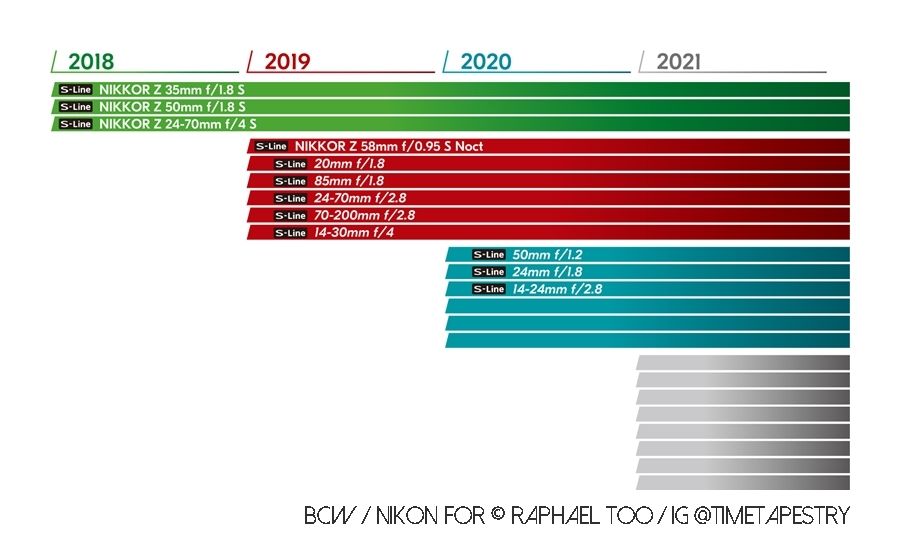My first trial shots with the Nikon Z
Before diving into my initial thoughts about the Nikon Z and the official press release (thank you Nikon for going mirrorless) we do have to note something significant that happened in the market. In the US, Sony went number 1 in the full frame market with their mirrorless cameras ahead of Canon and Nikon. That is a sign.
What it points to in my view is that mirrorless is the future and DSLRs may (at some point perhaps :) [yes i am hedging a little here] be a thing of the past. Yuh people with fetish for old tech will buy it in the future, like how i still am an analog boy and just bought another film camera... oh yeah... #ishootfilm
The Nikon Zs will only get better. Canon will also want to compete and all that will mean is, us photographers and consumers win. Better bodies and lenses will come out and at hopefully healthy price points. Sony A7III and A7RIII are the benchmarks now and it's a question of whether the Z matches up and exceeds them and what Canon will come out with soon (they have to ;)
So i've seen the online reviews and 2 things i need to mention first:
(1a) One card slot... one slot. memory cards can fail to a non-recoverable state. it can happen. Without a second slot it's a risk especially for any one that shoots professionally/semi-professionally/gets asked by relatives to shoot their important events or events and stuff that no one wants to do a do-over for.
(1b) that card slot is XQD - Why XQD? Yes I know, the XQD is newer, faster card type from Sony but it's not so common and more importantly, I don't have one.
The whole world uses SD cards and I have a number of them so that when I move from different systems I have SD cards to use. slower ones, faster ones, more colorful ones, duller looking ones etc.
So how can Nikon improve for the next iteration of the Z camera? [Constructive inputs yuh] It needs to have 2 slots and one of them has to be a SD card slot.
Update: I agree with most of what was shared on the one slot issue here LINK
and since I posted this review i have had SD card failure and will not purchase a body with no second card slot. I have also heard of XQD card failure so folks just have to consider if they shoot things they don't mind losing
(2) FTZ (F-to-Z) adapter needs to have fast AF with their F mount lens. Note the autofocus only works for the AF-S lenses of which there are 90+ of them out there just none in my dry cabinet (I wish there was an adapter done that could deal with the screw drive lenses but yuh that's wishful thinking as there's nothing out there that deals with AF on mirrorless (phase detect AF system) for the screw drive. I wish I lived in la la land where even a Leica M mount lens could be autofocused on a mirrorless body... waitamoment!) the AF-S lenses on this adapter will gain 3 axis in-body image stabilisation. If this is fast and snappy then folks with lots of AF-S lenses will be keen on this. [B&H youtube review says it works well LINK another vid from imagingresource that talks about the adapter here LINK ]
What is cool?
New Z mount gives opportunity for faster, better lenses in future. Nikon has the opportunity to build off this release for a more interesting next iteration of this camera (with 2 card slots, one of them being SD) and with hopefully faster lenses in store [that lens roadmap can change :) f1.2s and f1.4s instead of f1.8s. f2.8s instead of f4s etc... excluding the 58mm f0.95 noct of course... now that is plenty fast, though manual focus).
Ok all the above was said in one breath... So with that out of the way, we get to the press release which covers all the more important points :) yes it has A LOT of GOOD things going for it.
PRESS RELEASE (thanks to BCW and Nikon Singapore)
Nikon introduces the new Nikon Z mount system, and
releases two full-frame mirrorless cameras: the Nikon Z 7 and Nikon Z 6
SINGAPORE – Nikon Singapore Pte. Ltd.
is pleased to announce the release of the full-frame, Nikon FX format
mirrorless cameras Nikon Z 7 and Nikon Z 6, as well as NIKKOR Z lenses,
featuring a new, larger-diameter mount.
More information regarding the NIKKOR
Z lenses can also be found in its respective following press release announced
today.
Mirrorless
Reinvented through the Nikon Z mount system
The Z mount system is comprised of
mirrorless cameras featuring a new, larger-diameter mount, as well as
compatible NIKKOR lenses and accessories. This system has been realized through
the pursuit of a new dimension in optical performance. It has inherited Nikon’s
tradition of quality, superior imaging technology, great operability, and high
reliability, all innovated from its digital SLR cameras.
At the heart of the new Z
mount system is the new, larger-diameter mount, which unlocks further
possibilities of lens design, increasing greater capabilities in optical
performance. The Z mount system will offer a variety of high-performance
lenses, including the fastest lens in Nikon history, with f/0.95*.
Additionally, the new mount adapter will enable compatibility with NIKKOR F
mount lenses, adding to the variety of choices for photographers.
The letter “Z” represents the culmination
of Nikon’s relentless pursuit of ultimate optical performance, and a bridge to
a new chapter. It is about redefining possibilities to provide image-makers
with tools to realize greater creativity.
Nikon
will expand the value of mirrorless cameras through the pursuit of a new
dimension in optical performance, and by upholding Nikon’s tradition of quality
while responding to the evolution of imaging technology. By providing image
makers with stimulating new products, Nikon will continue to lead imaging
culture.
*Within interchangeable
lenses for Nikon SLR cameras and Advanced Cameras with Interchangeable Lens
Z 7, Z 6 Product Overview
The Z 7 and Z 6 are equipped with a new
backside illumination full-frame, Nikon FX-format CMOS sensor with built-in
focal-plane phase-detection AF pixels, and the latest image-processing engine,
EXPEED 6.
The Z 7 has 45.7 effective megapixels,
and supports a standard sensitivity range of ISO 64–25600. In combination with
NIKKOR Z lenses, the camera achieves an outstanding level of sharpness and
detail, all the way to the edges of the image.
The Z 6 is an all-purpose FX-format
camera with an effective pixel count of 24.5 megapixels, and supports the wide
range of ISO 100–51200 standard sensitivities. With superior performance at
high sensitivities and full-frame 4K UHD movie recording with full pixel
readout, the Z 6 responds to a variety of needs, such as shooting in dimly lit
environments, and movie recording.
Z 7 and Z 6 Primary Features
1. Equipped with a new
backside illumination Nikon FX-format CMOS sensor with built-in focal-plane
phase-detection AF pixels: A backside illumination CMOS sensor, with
built-in focal-plane phase-detection AF pixels, has been adopted for both the Z
7 and the Z 6. The Z 7 has an effective pixel count of 45.7 megapixels, and
supports ISO 64–25600 range of standard sensitivities (reduction to the
equivalent of ISO 32 and expansion to the equivalent of ISO 102400 is also
possible). The Z 6 has an effective pixel count of 24.5 megapixels, and
supports a broad range of standard sensitivities, from ISO 100–51200
(additional reduction to the equivalent of ISO 50 and expansion to the
equivalent of ISO 204800).
2. A hybrid AF system with
focus points covering approximately 90% of the imaging area: The Z 7 has 493 focus
points* and the Z 6 has 273 focus points*, enabling broad coverage of
approximately 90% of the imaging area both horizontally and vertically. This
hybrid AF system uses an algorithm optimized for the FX-format sensor, to
automatically switch between focal-plane phase-detection AF and contrast-detect
AF with focusing. The use of NIKKOR Z lenses further maximizes AF accuracy with
both still images and movies.
*With FX (36×24) image area
and single-point AF enabled.
3. The new EXPEED 6
image-processing engine for sharp and clear imaging, and new functions that
support creative imaging expression: The Z 7 and Z 6 are equipped
with the new EXPEED 6 image-processing engine. Employing the superior resolving
power of NIKKOR Z and NIKKOR F mount lenses, subjects are rendered more sharply
than ever before. Noise is also effectively reduced. Additionally, a mid-range
sharpening option has been added to Picture Control sharpness parameters. This
option, along with existing sharpening and clarity parameters, allows users to
make various textures within the screen sharper or softer, for both still
images and movies*. The cameras also offer 20 options of Creative Picture
Control, supporting creative imaging expression. The effect level is adjustable
from 0 to 100.
*Mid-range sharpness
adjustment is only possible at “High quality” movie setting.
4. An electronic viewfinder
that utilizes Nikon's superior optical and image-processing technologies to
offer a clear and natural view: The electronic viewfinder adopted for the
Z 7 and Z 6 is comfortable and easy to use, comparable to optical viewfinders.
Both cameras are equipped with an electronic viewfinder for which an
approximately 3690k-dot OLED panel has been adopted. The electronic viewfinder
has, respectively, frame coverage and magnification of approximately 100% and
0.8×, as well as an approximately 37.0° diagonal viewing angle. It draws on
Nikon's superior optical technologies and image-processing technologies,
ensuring a clear and comfortable view comparable to that of optical viewfinders,
with reduced aberration and minimum eyestrain, even during extended shoots.
Furthermore, a fluorine coat that effectively repels dirt has been applied to
the eyepiece protection window. In addition, the menu can be
displayed in the electronic viewfinder, allowing users to quickly view and
adjust a variety of shooting settings, including ISO sensitivity, AF-area mode,
and Picture Control, all while looking through the viewfinder.
5. An ergonomic design unique
to Nikon that enables intuitive operation: The Z 7 and Z 6 have inherited
the superior operability that Nikon has cultivated over the years through its
development of cameras. The bodies are compact, while boasting a firm grip that
is easy to hold, and buttons such as the sub selector, AF-ON, ISO, and exposure
compensation are all placed so that they can be operated swiftly and easily.
Additionally, a display panel has been placed on the top part of the camera,
where information about settings can be displayed, same as with high-end
digital SLR camera models.
6. Movie functions such as
10-bit N-Log that enables wide dynamic range, and timecoding that respond to
professional needs: The Z 7 and Z 6 support recording of not
only full-frame 4K UHD (3840 × 2160)/30p movies using the FX-based movie
format, but also full-HD/120p movies. Sharper 4K UHD movies are made possible,
using the full-pixel readout1. Additionally, Active D-Lighting,
electronic vibration reduction, and focus peaking can be used with 4K UHD and
Full-HD movie recording. Nikon’s original N-Log can also be used with 10-bit2
HDMI output. The cameras utilize extensive color depth and twelve-stop, 1,300%
dynamic range to record a wealth of tone information from highlights
and shadows for more effective color grading. Timecode support3
makes synchronizing video and sound to footage recorded across multiple devices
easier. Additionally, the control ring built into NIKKOR Z lenses can be used
to quietly and smoothly adjust settings such as aperture and exposure
compensation.
1 DX-based movie format with the Z 7
2 Simultaneous recording of 4K UHD movies
with 10-bit output to the camera's memory card is not possible
3 Not available when shooting slow-motion
movies
7. Nikon's first1
in-camera vibration reduction with approx. 5.0-stop2 effectiveness: The Z 7 and Z 6 are equipped
with in-camera vibration reduction (VR). The VR unit provides compensation for
movement along five axes. The effects of vibration reduction are equivalent to
a shutter speed increase of approximately 5.0 stops2. This function
can also be used effectively with NIKKOR F lenses, including those not equipped
with a VR function, with the Mount Adapter FTZ (sold separately)3.
1 Among interchangeable-lens cameras
2 Measured in accordance with CIPA
standards (using the NIKKOR Z 24-70mm f/4 S, with zoom set at the maximum
telephoto position)
3 The level of compensation achieved when
a NIKKOR F mount lens is used is not as high as that of a NIKKOR Z lens
8. Other features:
·
Same level of strength and durability, as
well as dust- and drip- resistance, as the Nikon D850, offered in a compact
body
·
An 8-cm/3.2-in., approximately
2100k-dot touch-sensitive LCD monitor, with a tilting mechanism
·
Silent photography eliminates shake and
noise caused by shutter release
·
Peaking stack image function1
enables confirmation of focus depth after shooting using focus shift, which is
convenient for focus stacking2
·
High-speed continuous shooting (extended)3
at approximately 9 fps (Z 7) and 12 fps (Z 6) captures fast motion
·
Interval timer photography that makes 8K
(Z 7) time-lapse movie creation2 possible
- An extended low-light metering range4
allows users to easily capture scenes such as the transition from sunset
to starry night sky, using aperture-priority auto
mode
- Built-in Wi-Fi® for direct
connection to a smart device using SnapBridge
- Built-in Wi-Fi® makes
the transfer of images and movies to a computer possible
- Support for existing
digital SLR camera accessories such as the WT-7A/B/C Wireless Transmitter
(available separately) for transferring images and movies at high speed
over a wired or wireless LAN, and radio-controlled Advanced Wireless
Lighting, which makes flexible multi-flash photography possible
1
Can only be confirmed using the camera with which focus shift was performed.
2
Third-party software is required.
3
Continuous H (extended) in 12-bit RAW, JPEG, or TIFF format
4
With interval timer shooting or time-lapse movie recording with silent
photography and exposure smoothing enabled.
Development of the MB-N10
Multi-Power Battery Pack
The MB-N10 Multi-Power Battery Pack that
is currently in development will hold two EN-EL15b rechargeable Li-ion
batteries, effectively increasing the number of shots possible and/or movie
recording time by approximately 1.8×. It will provide the same level of dust
and drip resistance as the Z 7 and Z 6, and will support USB charging using the
EH-7P charging AC adapter.
Information regarding the release of this
product will be announced at a later date.
Trade names (companies,
products, services, etc.) are trademarks or registered trademarks of their
respective holders.
Availability
For more information on the new Z 7 and Z
6, and other Nikon products, please visit www.nikon.com.sg
About Nikon
Nikon. At the Heart of the Image.
Nikon is the world leader in digital imaging, precision optics and photo
imaging technology and is globally recognised for setting new standards in
product design and performance for its award-winning consumer and professional
photographic equipment. Nikon Singapore Pte Ltd distributes consumer and
professional digital SLR cameras, NIKKOR optics, Speedlights and system
accessories; Nikon COOLPIX compact digital cameras; Nikon sports optics as well
as the Nikon 1 advanced cameras with interchangeable lens system in over 50
countries. For more information, visit www.nikon.com.sg. Connect with Nikon and other photographers
on Facebook at www.facebook.com/NikonSingapore and on Instagram at www.instagram.com/NikonSg.
